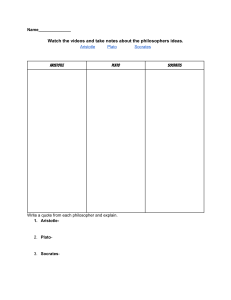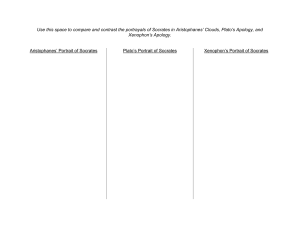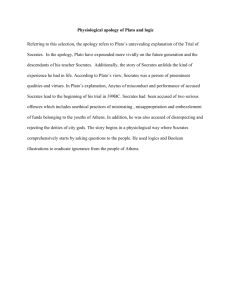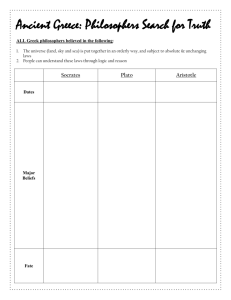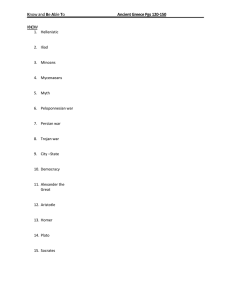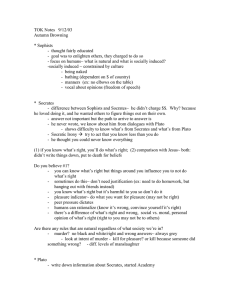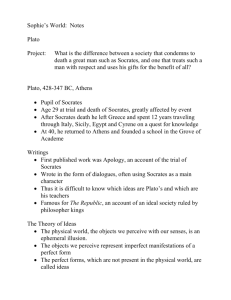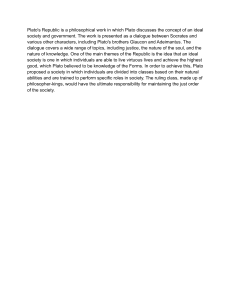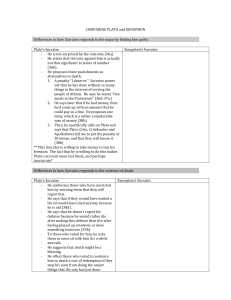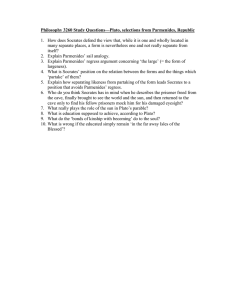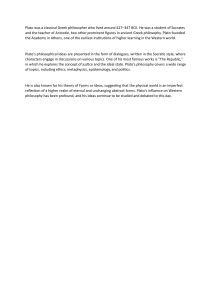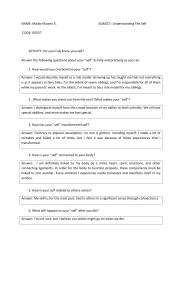Figurative Language Literal Language Symbol Personification
advertisement
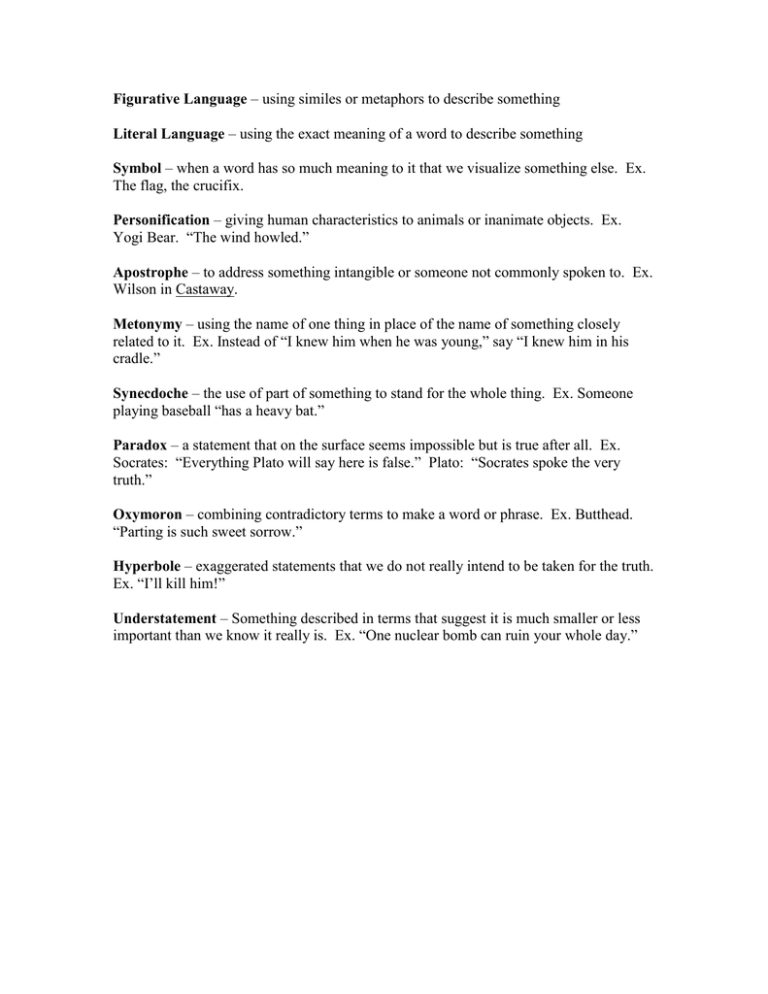
Figurative Language – using similes or metaphors to describe something Literal Language – using the exact meaning of a word to describe something Symbol – when a word has so much meaning to it that we visualize something else. Ex. The flag, the crucifix. Personification – giving human characteristics to animals or inanimate objects. Ex. Yogi Bear. “The wind howled.” Apostrophe – to address something intangible or someone not commonly spoken to. Ex. Wilson in Castaway. Metonymy – using the name of one thing in place of the name of something closely related to it. Ex. Instead of “I knew him when he was young,” say “I knew him in his cradle.” Synecdoche – the use of part of something to stand for the whole thing. Ex. Someone playing baseball “has a heavy bat.” Paradox – a statement that on the surface seems impossible but is true after all. Ex. Socrates: “Everything Plato will say here is false.” Plato: “Socrates spoke the very truth.” Oxymoron – combining contradictory terms to make a word or phrase. Ex. Butthead. “Parting is such sweet sorrow.” Hyperbole – exaggerated statements that we do not really intend to be taken for the truth. Ex. “I’ll kill him!” Understatement – Something described in terms that suggest it is much smaller or less important than we know it really is. Ex. “One nuclear bomb can ruin your whole day.”
